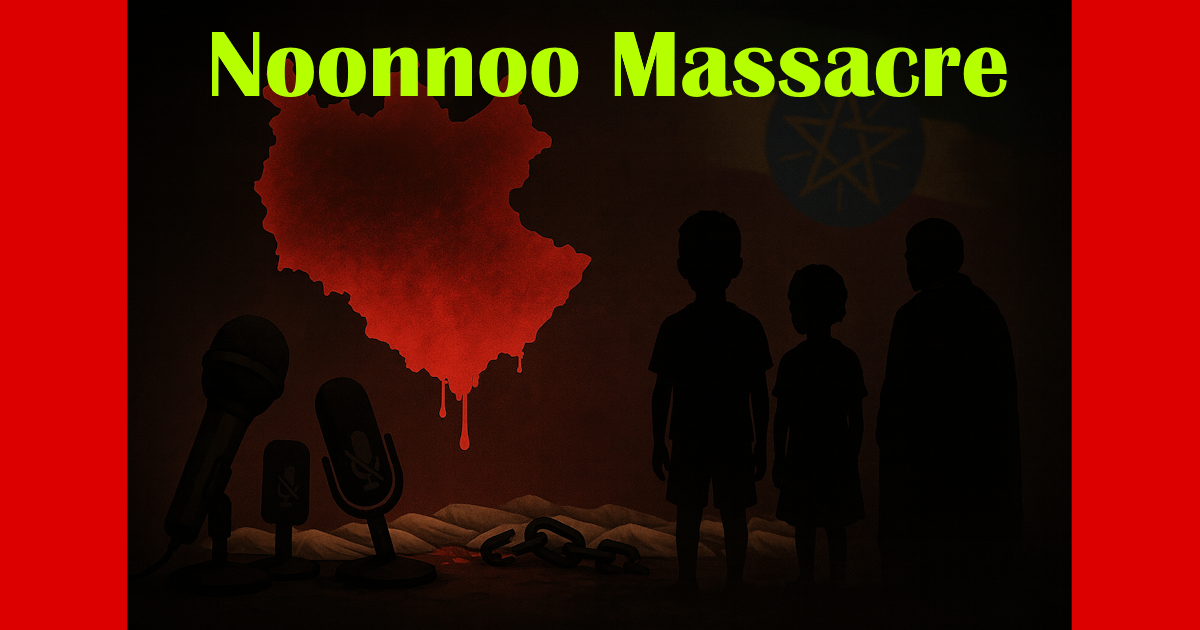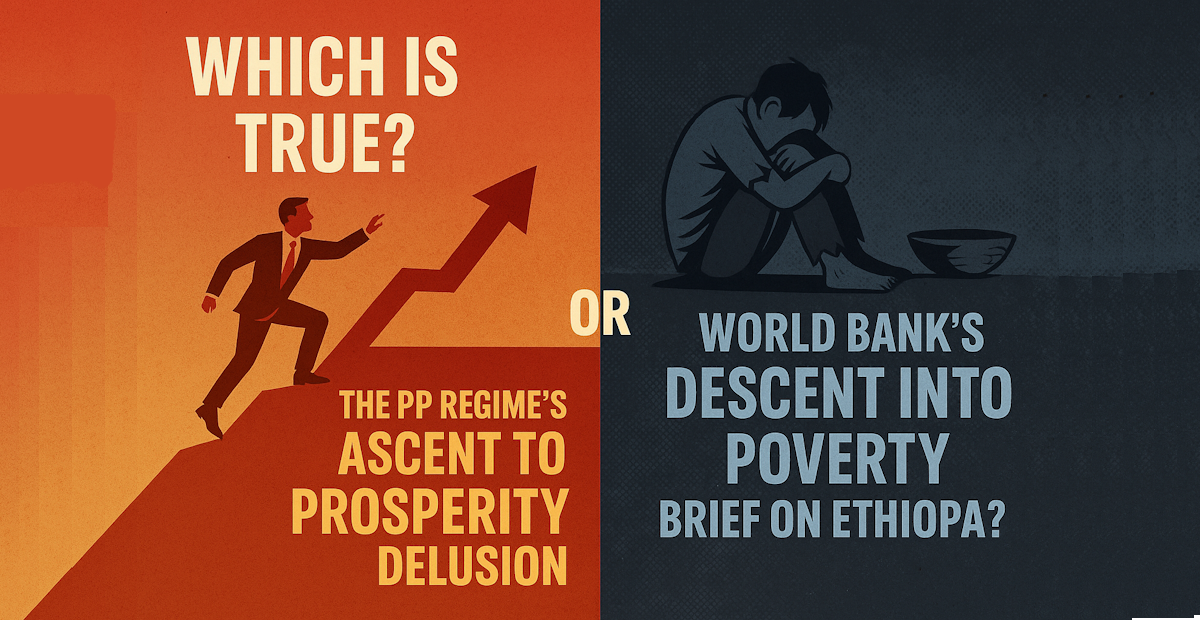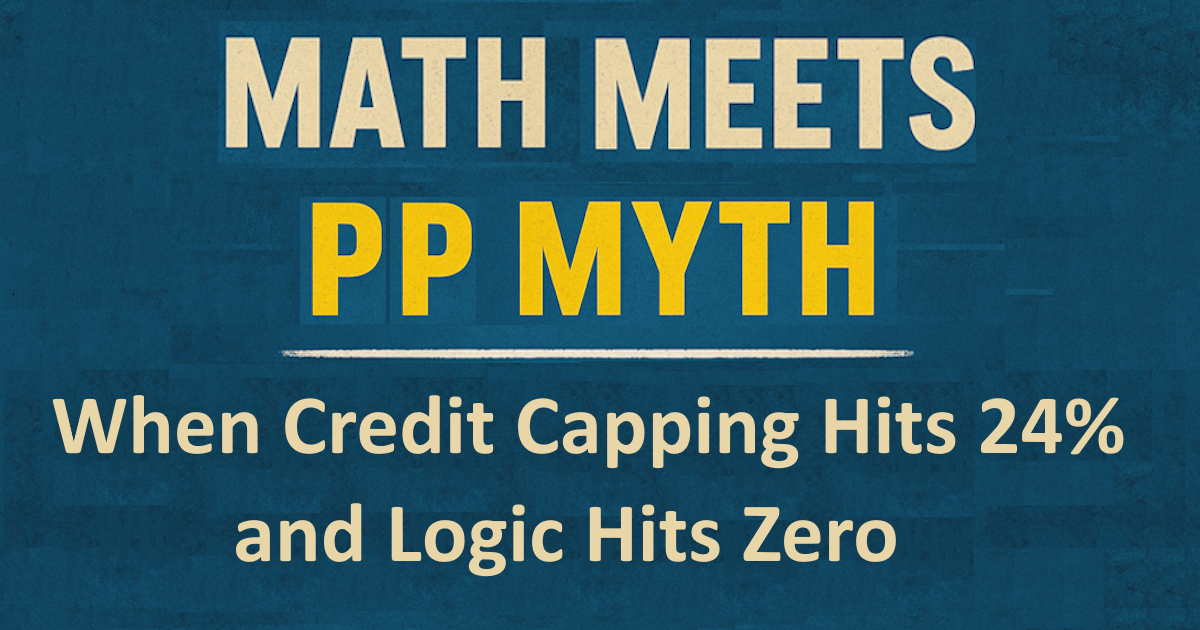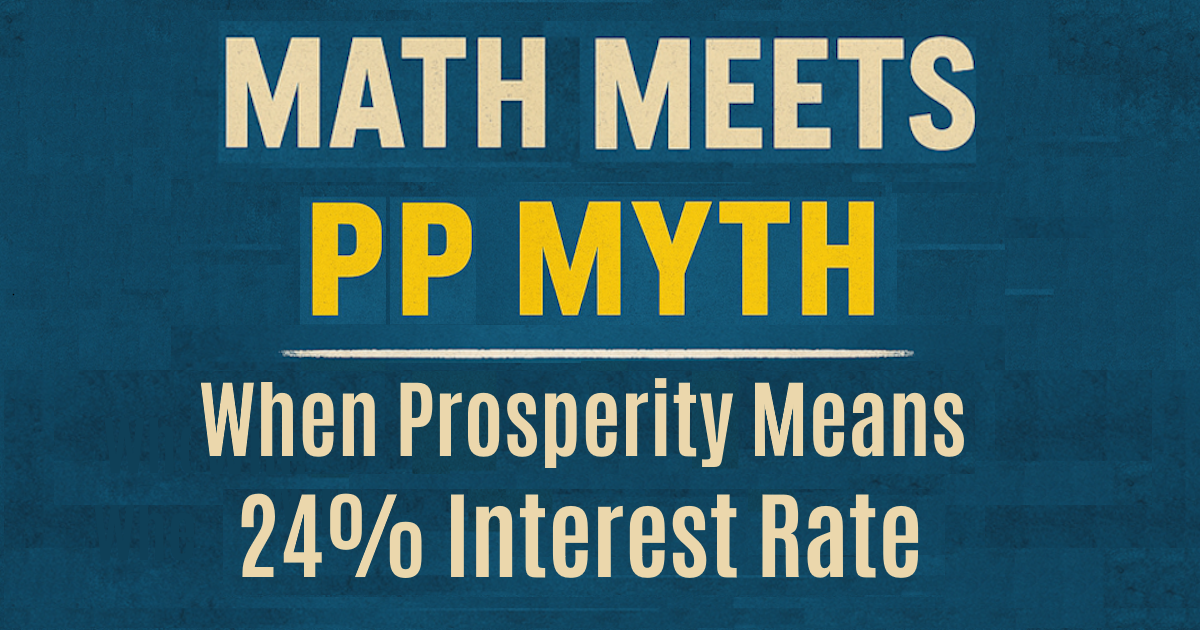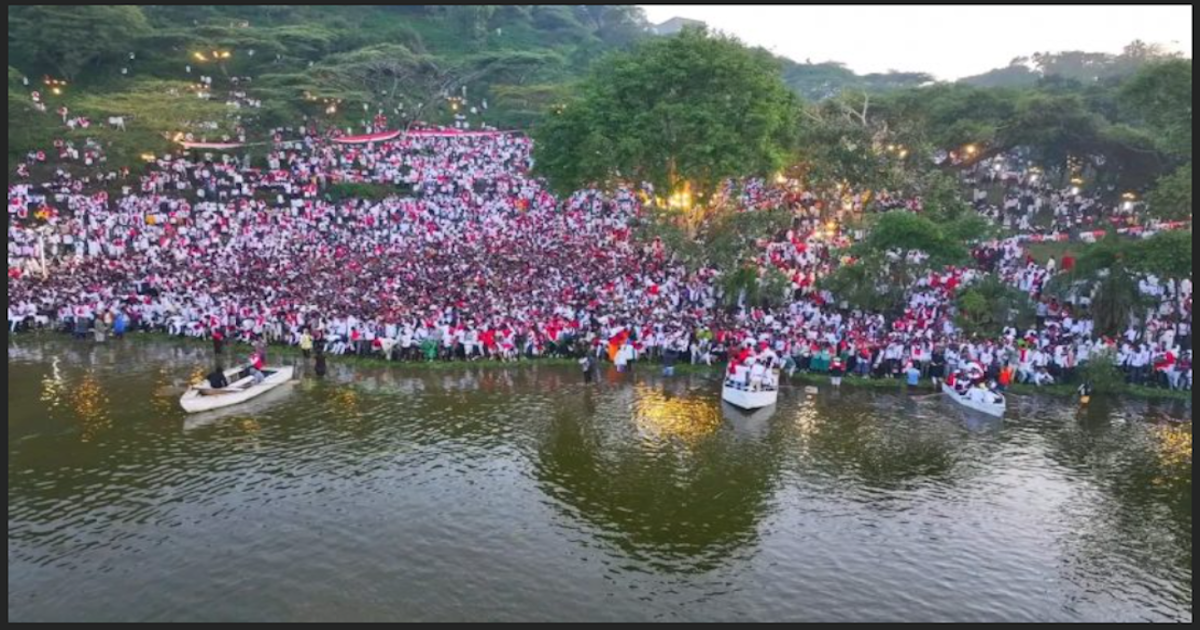Let the River Flow: How the GERD Dams Colonial Hegemony, Not the Nile
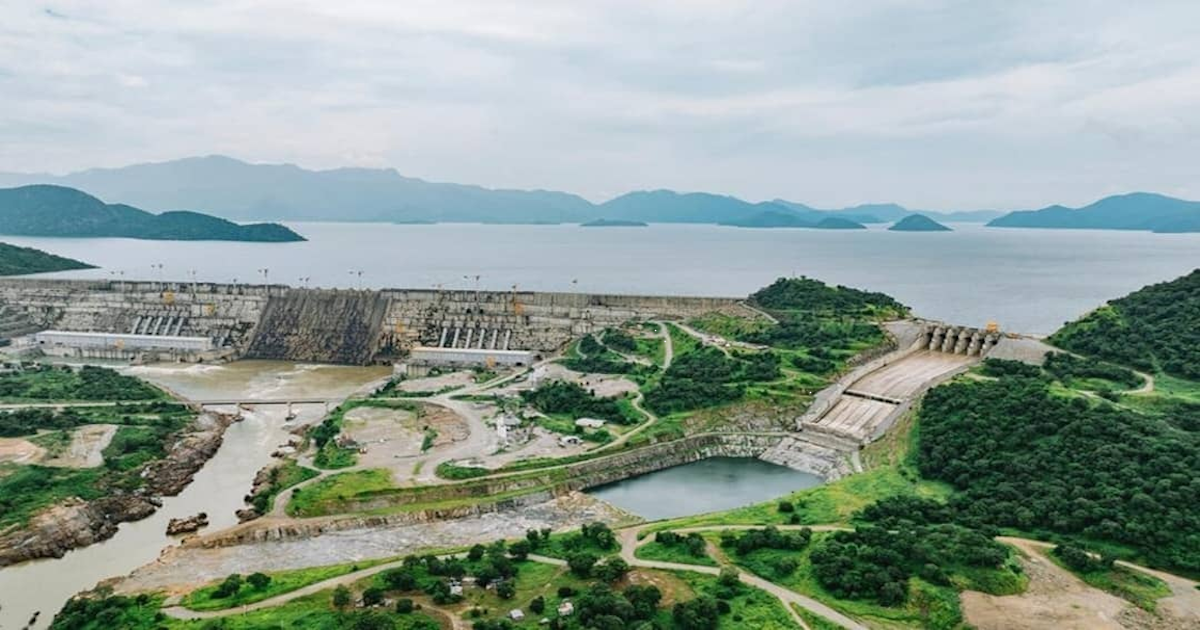
Excerpt
The GERD is not obstructing the Nile—it’s obstructing injustice. Ethiopia’s Grand Renaissance Dam harnesses the river’s flow for energy, not for control. Yet Egypt resists, clinging to colonial-era water dominance. This article unpacks why GERD symbolizes not just a dam, but a turning point in Africa’s struggle for equitable resource sovereignty.
Who Owns the Nile
There is something poetic, even ironic, about a river that flows from the highlands of Ethiopia, nourishes the length of Sudan, and then gives life to Egypt’s desert plains—only for the originating country to be told it cannot use its own water. Welcome to the surreal geopolitics of the Nile.
At the heart of this drama stands the Grand Ethiopian Renaissance Dam (GERD)—a structure of concrete and current, vision and controversy. Ethiopia sees it as a national lifeline, a leap toward energy security, dignity, and development. Egypt, on the other hand, frames it as a threat—an existential one, no less. The question many ask, quietly or aloud, is simple: why?
Because physics doesn’t lie.
“What comes in, must come out.”
Once GERD is filled, water entering the dam equals water released downstream. This is not a wall—it’s a flow-through dam. The Nile will still flow, as it always has.
In short: if there have been no water shortages while the GERD has been filling, there’s no reason to expect any once it’s full. The physics stays the same. The river flows. And everyone benefits.
QED.
Colonial Claim Carved in Sand
Egypt’s claim over the Nile is built on the shifting sands of colonial-era treaties. The 1929 and 1959 agreements, brokered by Britain, apportioned the Nile’s waters almost exclusively to Egypt and Sudan—completely ignoring upstream nations like Ethiopia, which contributes over 80% of the Nile’s volume. These treaties were neither fair nor inclusive.
They were legal fictions crafted to serve imperial interests—granting control to those downstream, while leaving upstream nations, rich in natural endowment, trapped in poverty for lacking the means to harness their own resources.
Until the GERD arrived.
Yet Egypt has clung to these outdated arrangements like sacred scripture. The Nile, in Egypt’s political psyche, is more than a river; it is national identity, survival, and pride rolled into one. Any upstream development—especially one as colossal as the GERD—is seen not as a project, but as provocation.
But sovereignty is not a zero-sum game. Ethiopia is not stealing the Nile; it is utilizing a fraction of what originates within its own borders, and doing so in a way that preserves downstream flow. Egypt’s protests are less about environmental reality than about maintaining geopolitical superiority.
The Real Fear: Losing the Leash
GERD represents something Egypt cannot abide: an upstream country acting independently. If Ethiopia succeeds without Egyptian permission, it sets a precedent. What happens when Uganda, Kenya, or Tanzania want to do the same? Egypt’s fear is not just about water—it’s about the erosion of its historic veto over Nile development.
That’s why Egypt insists on a binding agreement, one that would give it indirect control over Ethiopia’s water management, even after the dam is filled. But this is not compromise; it’s a leash disguised as law. Ethiopia, rightfully, resists being handcuffed to Egypt’s seasonal anxieties.
The truth is, Egypt’s opposition to GERD is as much about psychology as hydrology. A country accustomed to dominance is facing the unsettling idea of negotiation among equals.
Water, Not War
To be clear: no one wants Egyptians to go thirsty. Ethiopia has never threatened to cut off the Nile. It has offered to fill the dam gradually, even adjusting for drought years. But instead of engaging in science-based dialogue, Egypt has chosen megaphone diplomacy—rhetoric, threats, and international lobbying.
The path forward isn’t paved with ultimatums. It’s built on cooperation, not coercion. The Nile Basin Initiative and similar platforms must be strengthened. Dynamic, rainfall-based sharing agreements can ensure that all riparian states benefit equitably.
The time for hydro-hegemony is over; the age of hydro-solidarity must begin.
A River of Dignity
In the end, the GERD is not just a dam—it is a symbol. A symbol of post-colonial assertion, of a nation long confined by underdevelopment daring to dream big. It is not the Nile that is being dammed, but the outdated notion that some countries must forever ask permission to progress.
The GERD isn’t obstructing water; it’s obstructing injustice.
Let the river flow. Let dignity, too.
Let’s Call It What It Is
And let’s ask ourselves: what is logic if we cannot correct the illogical? What is international law if we turn a blind eye to the glaringly unjust? And what is the United Nations if it cannot tidy its own house—one that, instead of uniting nations, disunites them?
The dam is nearly full. The Nile is flowing as always.
Let us have the courage—and the commonsense—to say so.
References
- Grand Ethiopian Renaissance Dam, Wikipedia.
- Nile Basin Initiative, Wikipedia.
- Home Page, The Nile Basin Initiative.
Acknowledgment
Our heartfelt thanks to OROMIA TODAY for the opportunity to share this opinion piece on their platform. Thank you!


